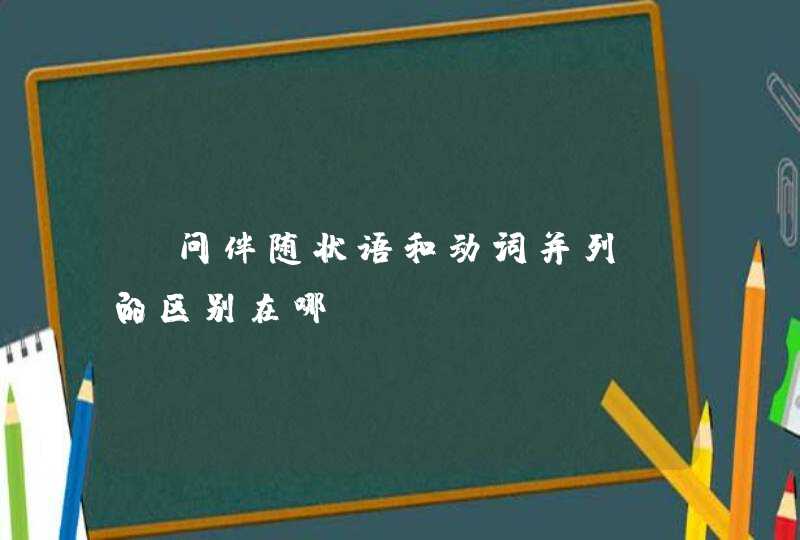
she
held
a
book,
read
for
a
while
and
felt
a
bit
sleepy.
她拿起一本书,读了一会,感到有些困倦了。
all
night
long
he
lay
awake,
thinking
of
the
problem. 他整夜躺在床上睡不着,思考着那个问题。
你的问题大概是:如何判断是并列的谓语动词,还是非谓语动词做伴随状语?例如:
She took her son, ran out of the house, _____ him in the car and drove quickly to the nearest doctor’s office.
A. put B. to put C. putting D. having put
判断1
本句中drove是谓语动词还是非谓语动词?
我们应该很容易判断它是个谓语动词
判断2
本句中空格后面有and drove quickly to
“and”是个并列连词,必须连接平行结构。那么它是连接那些词的呢?或者说它是和那些词是平行结构,并列关系呢?
应该和前面的谓语动词took 。。。, ran 。。。是平行结构,并列关系。
判断3
空格中要填的动词和took, ran, 以及在它之后的drove是平行关系,并列结构吗,还是谓语动词run out of 的伴随状语?
读懂之后,你会发现took,ran,put和drove是一连串的连贯的谓语动词(这里的put因为是不规则变化的动词,它的过去式仍然是put会造成我们判断上的困难),并不存在什么伴随状语。
做这样的选择题,你要充分留意,空格的前后是否有并列连词and,只有这样,你才能做出正确的判断。
你可以将下面这道题作为练习,来看看你是否真的理解了。
I got out of the taxi, _____ the fare and dashed into the station.
A. paid B. paying C. to pay D. having paid
答案:A
欢迎分享,转载请注明来源:优选云

 微信扫一扫
微信扫一扫
 支付宝扫一扫
支付宝扫一扫
